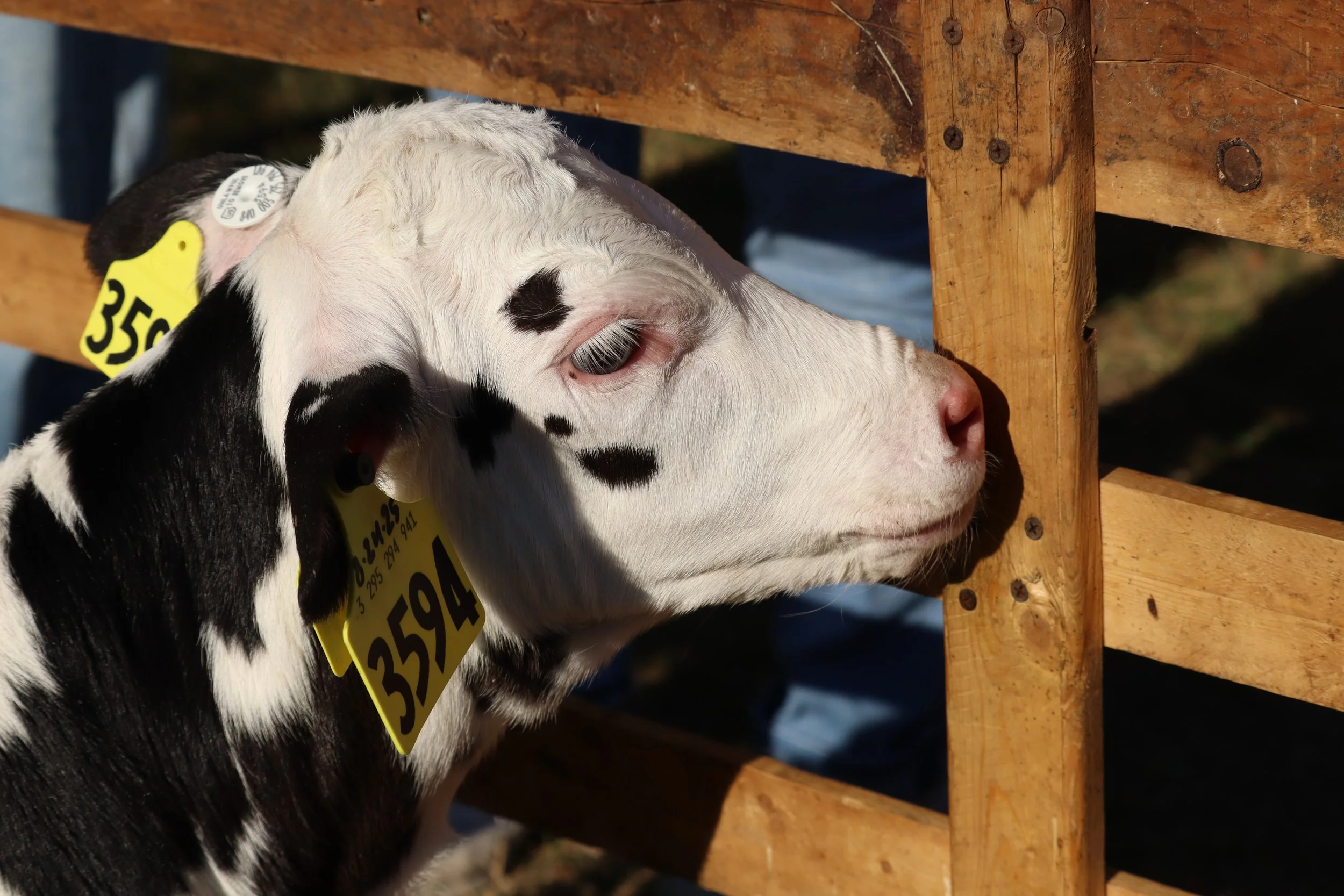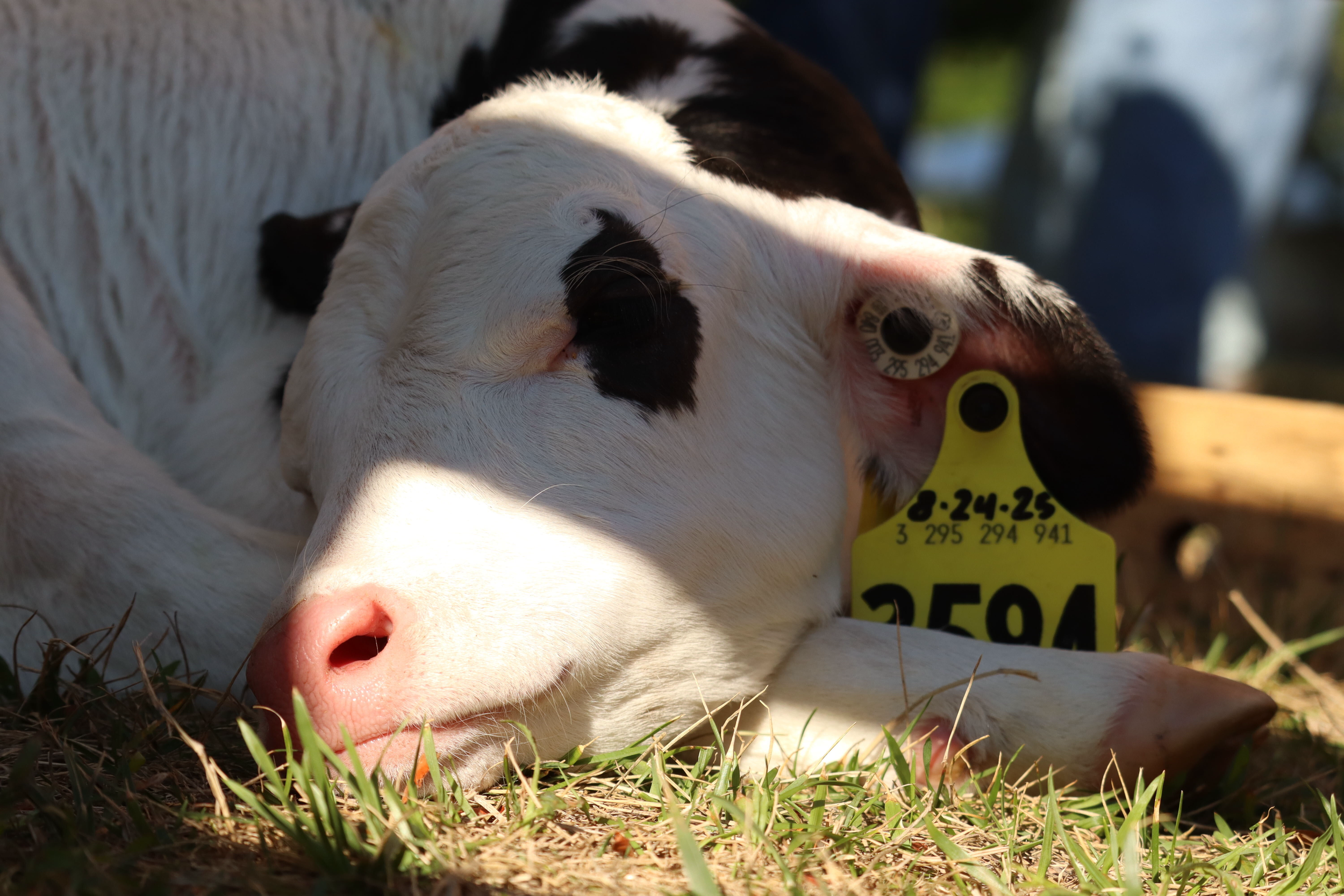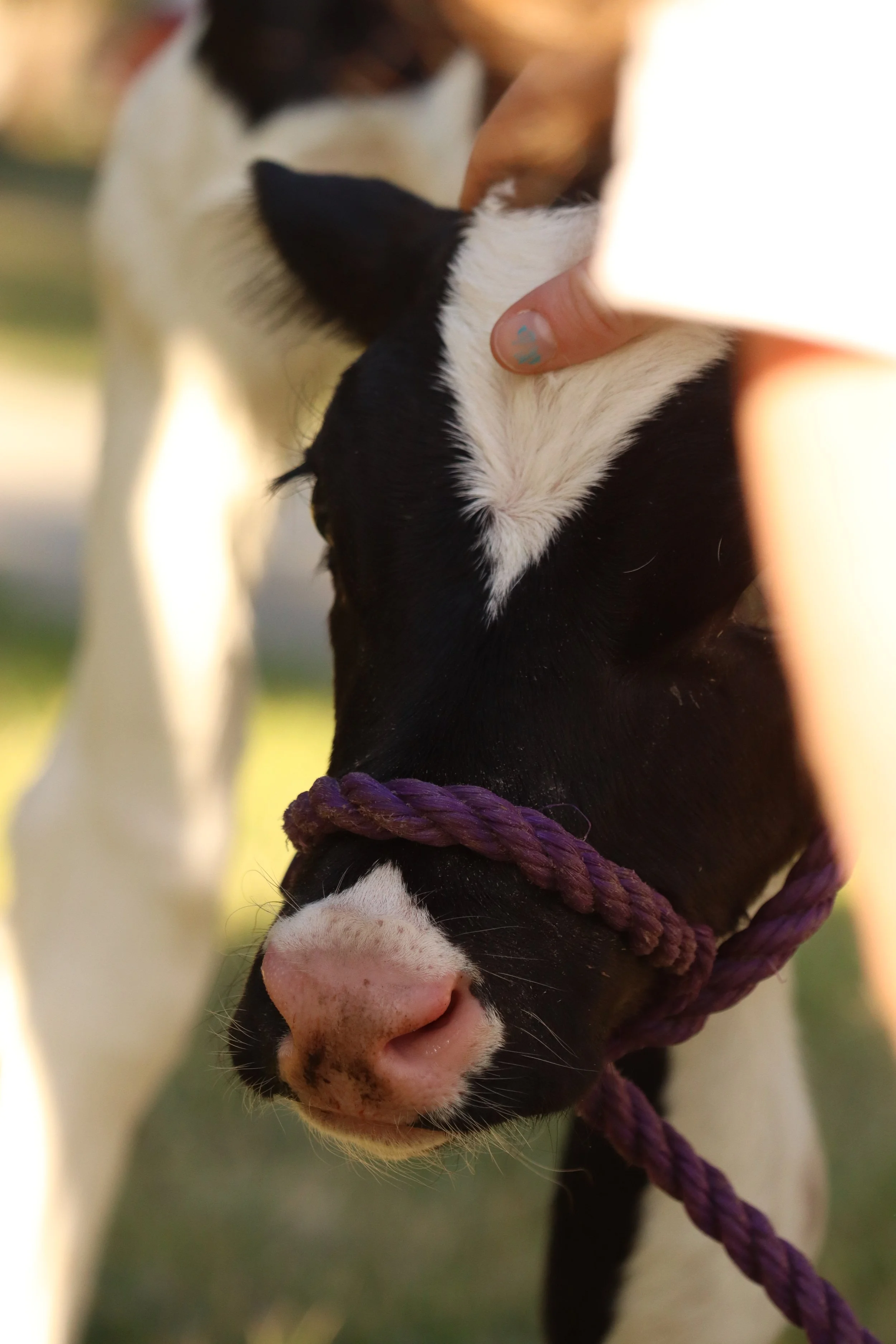The Challenge of Zoonotic Spillover
Written by Nancy Selwood-Metcalfe
Edited by Isabel Louie
As humans intrude on wildlife habitats, the invisible boundaries between species blur—creating pathways for pathogens to cross into humans. Zoonotic diseases are caused by the transmission of microbes, including viruses, bacteria, parasites and fungi, between animals and people [1]. Zoonotic spillover depends on ecological, epidemiological and behavioural determinants of pathogen exposure [2]. Researchers have observed from extensive epidemiological data that the frequency of infectious disease spillover is increasing by approximately 4.98% annually. This emphasizes the need for control and prevention, especially since this primarily affects vulnerable populations in low- and middle-income countries that lack attention and necessary funding [3]. Outbreaks strain public health systems, threaten livelihoods and cause food strain, ultimately hindering social and economic development [4].
Photos taken by Julia Leavitt (jal569@cornell.edu)
Most pathogens can’t easily transfer across species due to immune system and ecological barriers, as well as compatibility [5]. However, human activities like deforestation, agricultural expansion and urbanisation may be the cause of increased zoonotic transmission, as they cause habitats to shrink and push wildlife closer to humans and livestock, creating short cuts for pathogenic transmission [5]. Additional causes include globalization, which accelerates pathogen movement, and climate change, which has reshaped the environment and therefore pathogen and host distribution. As temperatures rise, species migrate to new areas, carrying their pathogens with them [3,5]. Studies in epidemiology, virology and ecology show how these interactions heighten the risk of spillover [3,6].
Researching zoonotic spillover has its challenges. Pathogen discovery remains limited, as only a fraction of animal viruses have been sampled and characterised–meaning many potential threats are unknown [6]. Predictive models are also often used to predict spillover. However, their training is constrained by scarce data, resulting in a limited range of accurate predictability [6]. Even advanced machine learning and language models struggle to predict zoonotic potential across all viral lineages, particularly for newly discovered or poorly characterised ones [6]. Other methods used include macroecology, pathogen discovery and surveillance of human populations, but each operate within specific phylogenetic, spatial and temporal scales of prediction [7]. Laboratory studies are further limited by the difficulty of replicating ecological factors like species interactions, environmental persistence and transmission modes under controlled conditions [7]. Ultimately, limited empirical data on spillover frequency makes it difficult to predict and prevent future events accurately, underscoring the need for enhanced surveillance [3].
Interventions regarding zoonotic infections can differ. Some diseases, like rabies, can be targeted through the depletion of the animal reservoir. Others, like HIV, Ebola and COVID-19, have mutated into human-only strains [4]. This means efforts to control the infection must be targeted to the human hosts.
These diseases have reshaped global health [4]. The transmission of HIV from non-human primates transformed medicine through the development of antiretroviral therapies and long-term surveillance programs[8]. Additionally, the COVID-19 pandemic showed how novel pathogens can rapidly spread globally, emphasising the role of surveillance and coordinated public health responses [8]. Past and present zoonoses inform prevention strategies and response measures, reinforcing the importance of a global health approach which integrates humans, animals and environmental health [8].
Photo taken by Julia Leavitt (jal569@cornell.edu)
The ‘One Health’ approach integrates this holistic ideology, enabling coordinated surveillance and early detection that reduce the risk of emerging infectious diseases [9]. The future of zoonotic infections research could rely on advances in genomics and AI models for early detection, as well as the strengthening of focused global surveillance, especially in the low- to middle-income countries where it is most prevalent [3,8]. This data must be collected in optimal ways with recognized protocols that include transmission network information and viral load profiles [8]. Doing so would prepare us for any future pandemic [8]. It would also be beneficial to implement policies regarding the ethics of wildlife trade and land use, as this would prevent excessive hunting, habitat encroachment and intensive livestock farming which promote zoonosis [3].
Zoonotic spillover is inevitable but not unmanageable if certain measures are put into place. Research into prediction, prevention and necessary responses are the key to controlling the spillover and ensuring they don’t spread to communities that aren’t economically capable of fighting them [4]. This investment into interdisciplinary science and global cooperation is the basis for a sustainable future where disease emergence is anticipated, and not merely reacted to.
Nancy Selwood-Metcalfe 27’ is a Biological Sciences major in the College of Agriculture and life sciences, on exchange from London for the year. She can be reached at ns2233@cornell.edu.
Sources
https://www.cdc.gov/one-health/about/about-zoonotic-diseases.html
https://www.sciencedirect.com/science/article/pii/S2352771423001155
https://academic.oup.com/bioscience/article-pdf/73/10/711/52189196/biad074.pdf
https://royalsocietypublishing.org/doi/pdf/10.1098/rstb.2019.0224
https://www.frontiersin.org/journals/microbiology/articles/10.3389/fmicb.2022.889643/full



